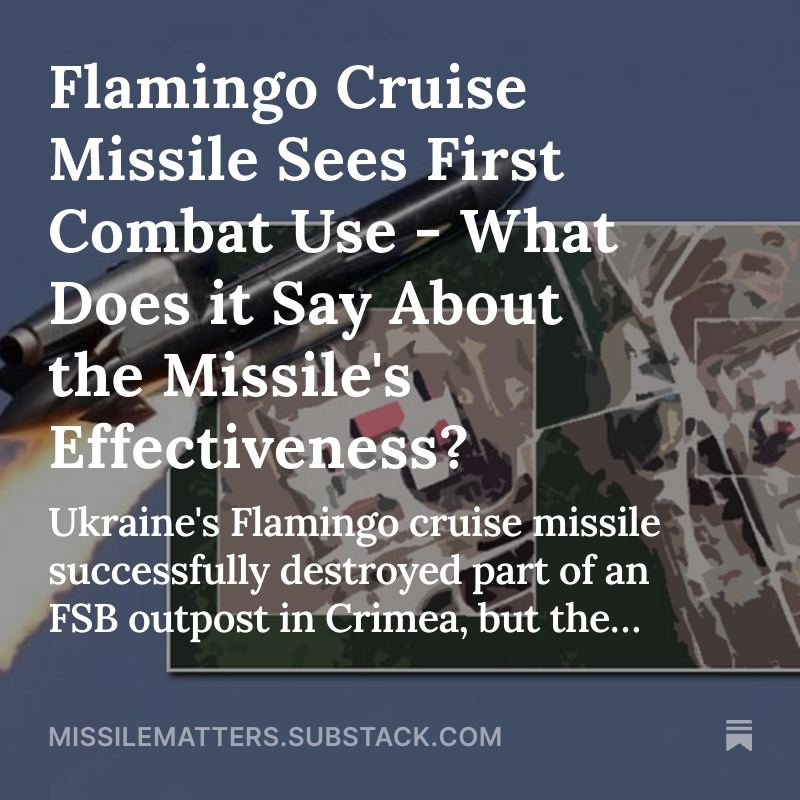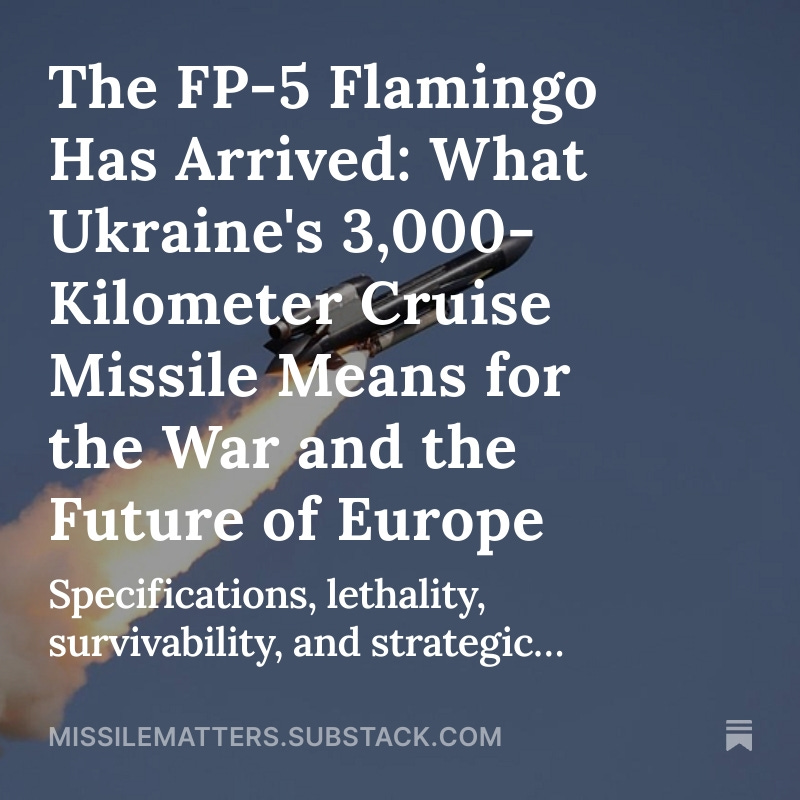Thread 🧵on the Storm Shadow land-attack cruise missile delivered by the UK that provides Ukraine, in principle, with an extremely potent long-range strike capability against hardened targets at operational and strategic depth. 1/12 

Storm Shadow entered into service in 2002 and is manufactured by the European missile manufacturer @MBDAGroup. The French equivalent is known as SCALP-EG. Comparable cruise missiles include the American AGM-158 JASSM and the German-Swedish KEPD 350 Taurus. 2/12 


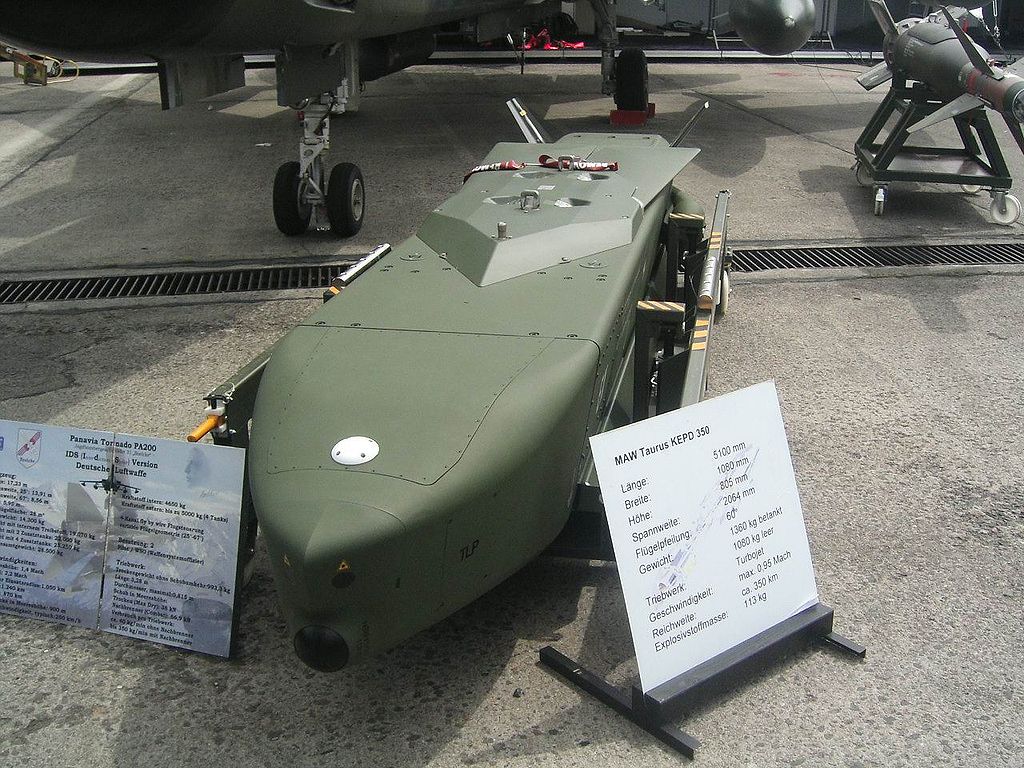
Storm Shadow is equipped with a TR60-30 Turbojet engine, providing it with a range of 250-400 km. The variant delivered to Ukraine is likely to be at a lower end of this spectrum, similar to the Black Shaheen export version (290 km range) delivered to the UAE. 3/12 
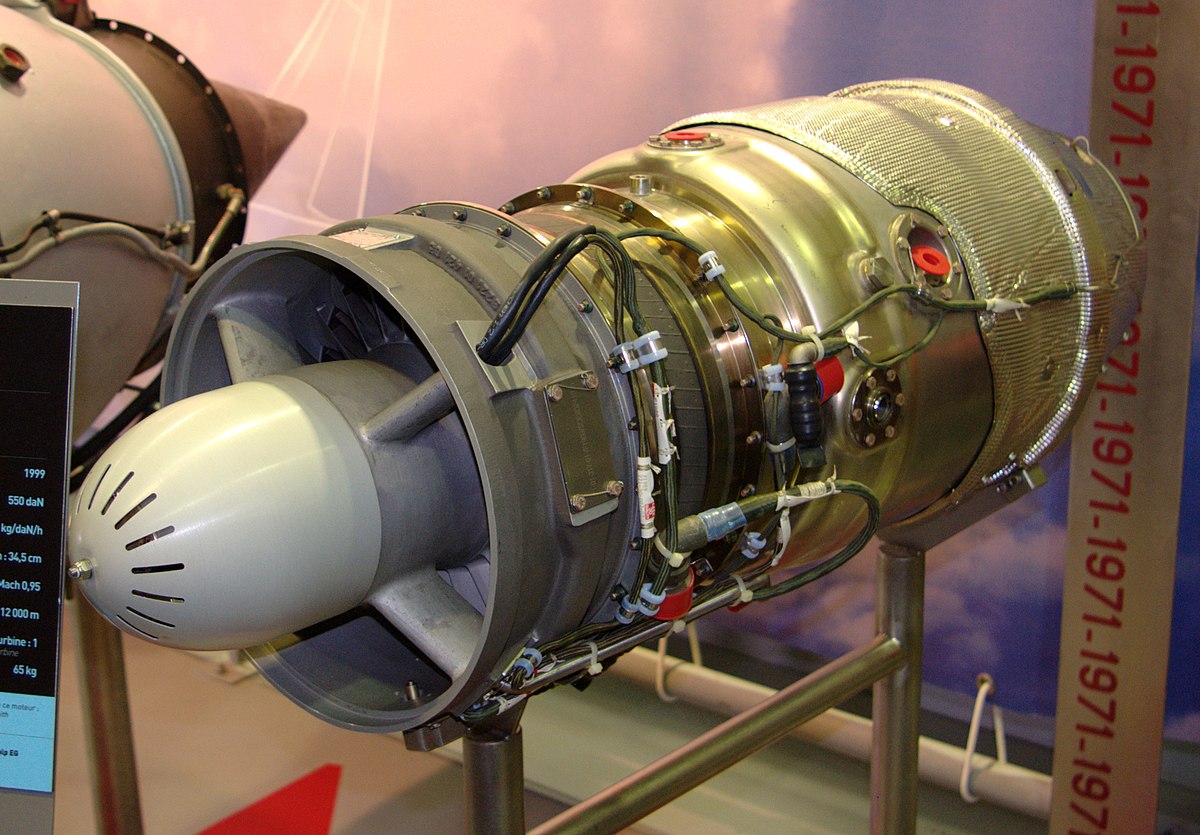
The warhead is where it gets interesting. Storm Shadow is equipped with a 400 kg BROACH warhead. This is a two-stage warhead, made up from an initial shaped charge, which cuts a passage through concrete, earth, etc., allowing a follow-on warhead to penetrate the target. 4/12 

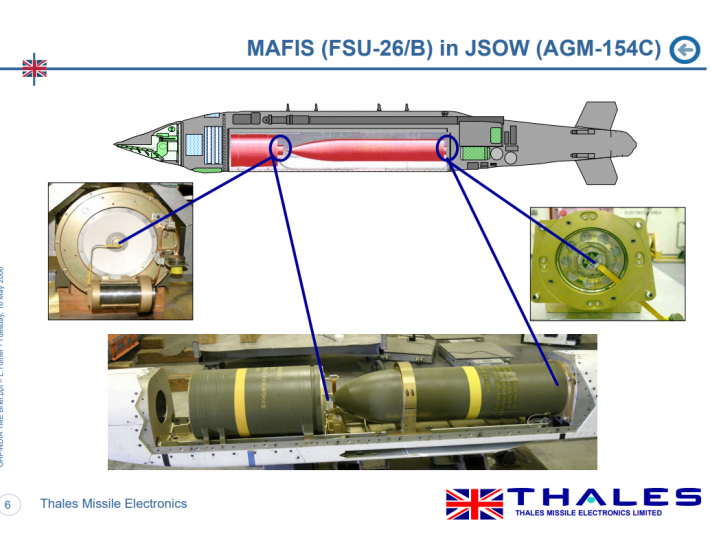
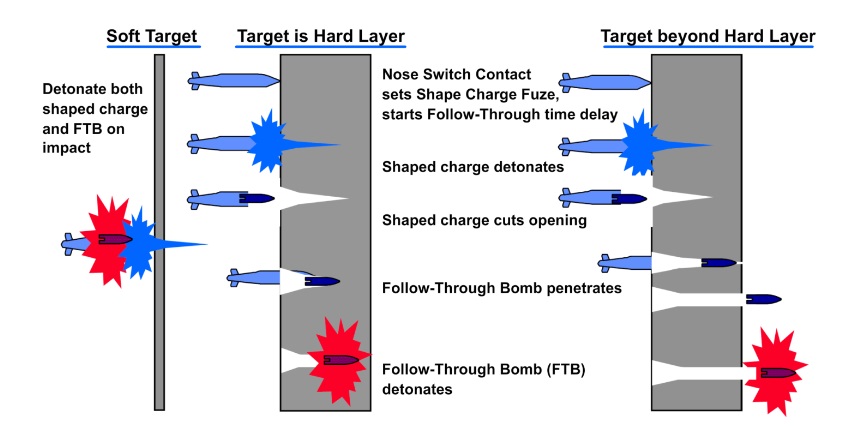
This warhead design allows cruise missiles to achieve the degree of hard-target penetration formerly only possible using laser-guided gravity bombs. As such, Storm Shadow constitutes an incredibly effective weapon against hardened targets, if it can be brought to its target. 5/12 
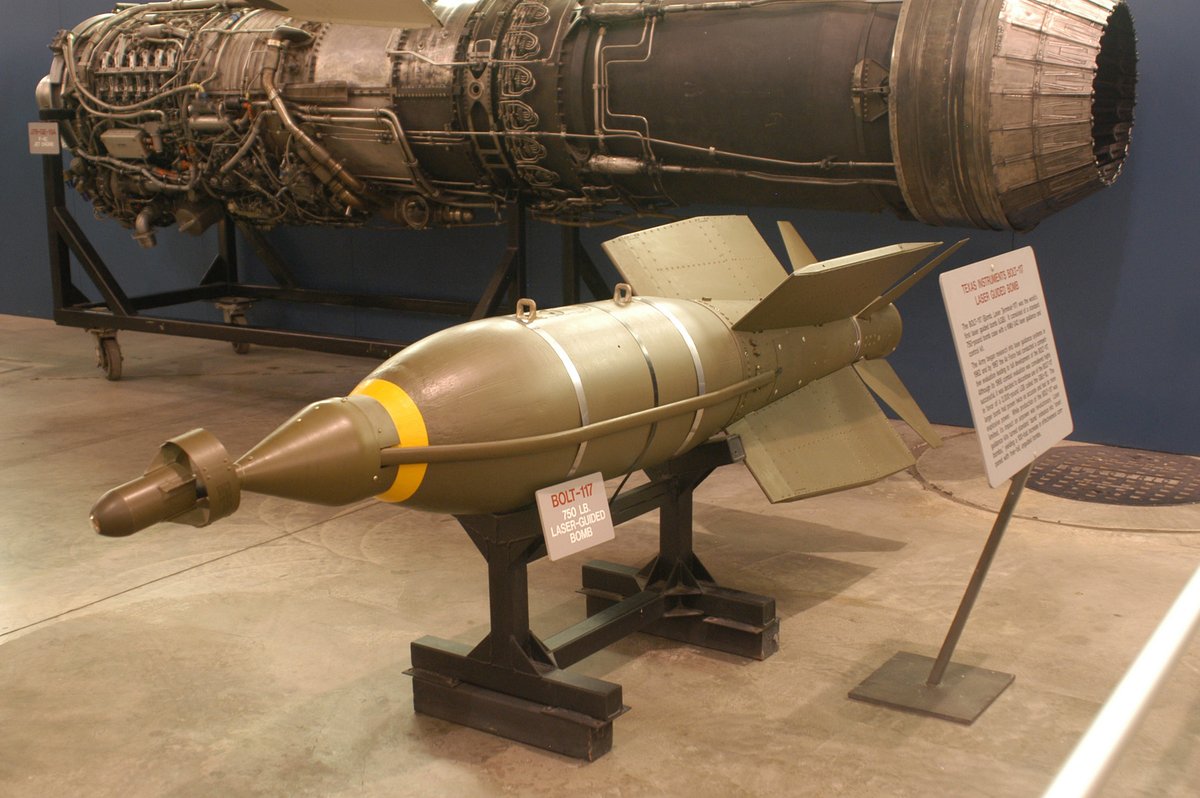
The video below of the Taurus cruise missile (@MBDADeutschland) which uses a similar warhead design to BROACH (named MEFISTO) offers a great illustration of how multi-effect warheads can threaten deeply buried targets, like command-and-control bunkers. 6/12
For midcourse guidance, Storm Shadow employs a triple navigation system using inertial navigation, GPS, & Terrain Reference Navigation. For terminal guidance, it uses an imaging infrared seeker & automated target recognition software for pin-point accuracy (in theory). 7/12 


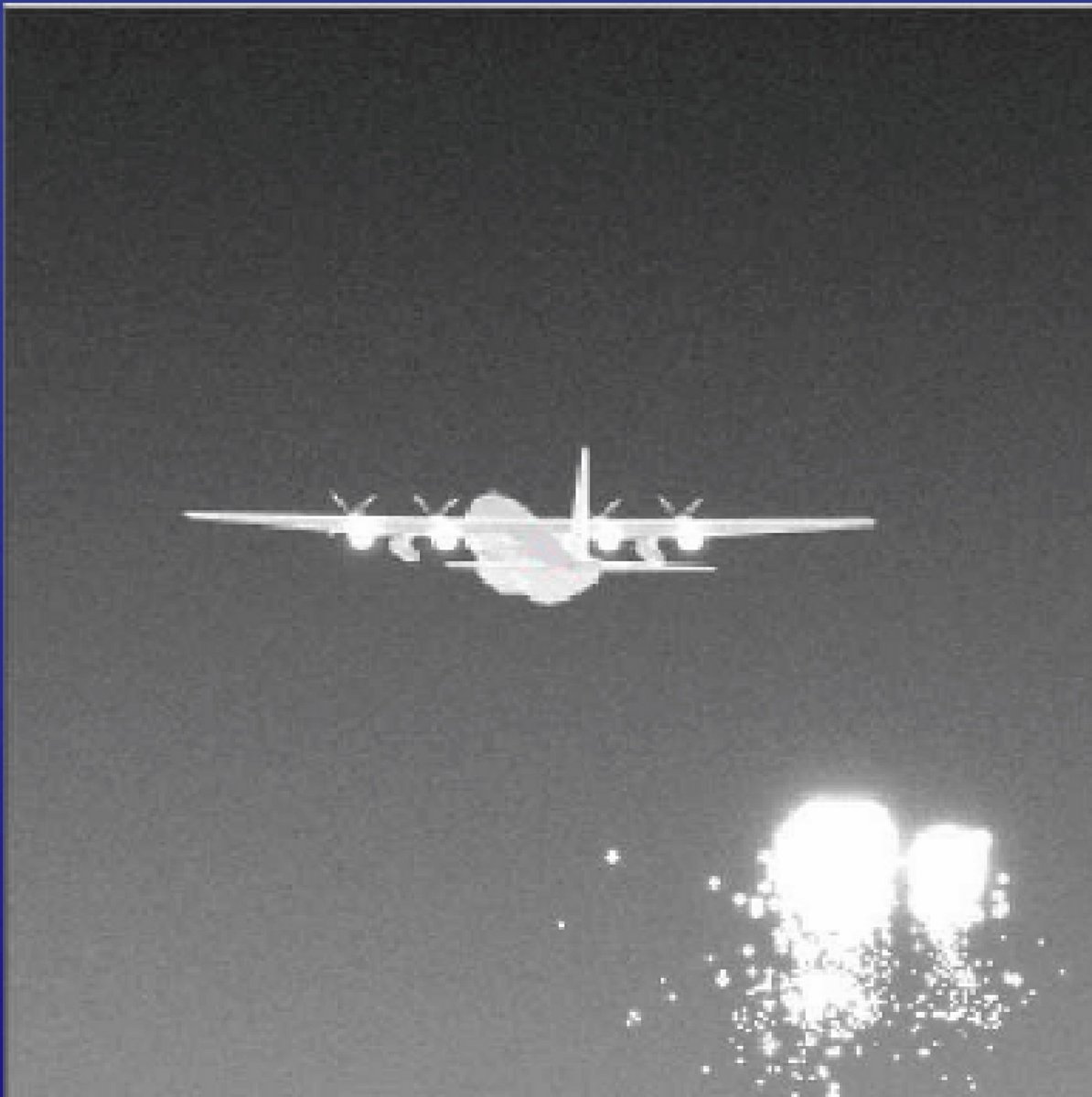
However, given that the electromagnetic spectrum is contested, access to satellite navigation cannot be taken for granted. In addition, Storm Shadow may be susceptible to interception by Russian air defense capabilities. 8/12
So far, this war has demonstrated that low-flying, subsonic vehicles can be intercepted, perhaps more easily than priorly assumed. If this S-300 has indeed shot down 22 Kalibr cruise missiles, there is no reason to assume that Russian S-300s cannot intercept Storm Shadows. 9/12 

While I assume that Storm Shadow has better active & passive countermeasures than Russian equivalents, it is not invulnerable. The system is, after all, more than 20 years old. Engaging heavily defended targets, like Kerch bridge, therefore remains a challenge. 10/12
Talking about Kerch Bridge: The combination of pinpoint accuracy and hard-target kill capability renders Storm Shadow a much more potent weapon against the bridge than ATACMS could, in principle, ever be. See the thread below on ATACMS’ shortcomings. 11/12
https://twitter.com/frhoffmann1/status/1592065443967406080?lang=bn
In general, the good news is that command posts, logistical facilities, ammunition depots and other high-value targets outside of HIMARS range are no longer invulnerable. This will likely exacerbate Russian planning and logistics. 12/12
• • •
Missing some Tweet in this thread? You can try to
force a refresh


